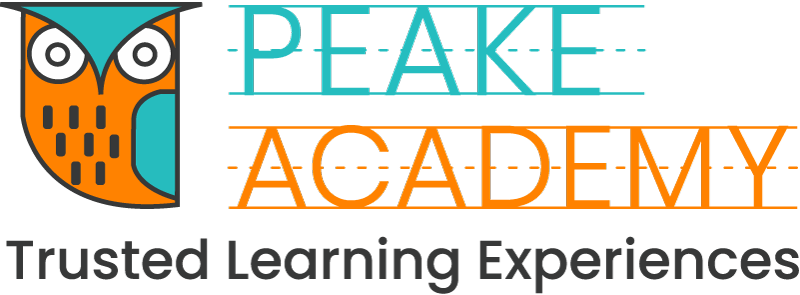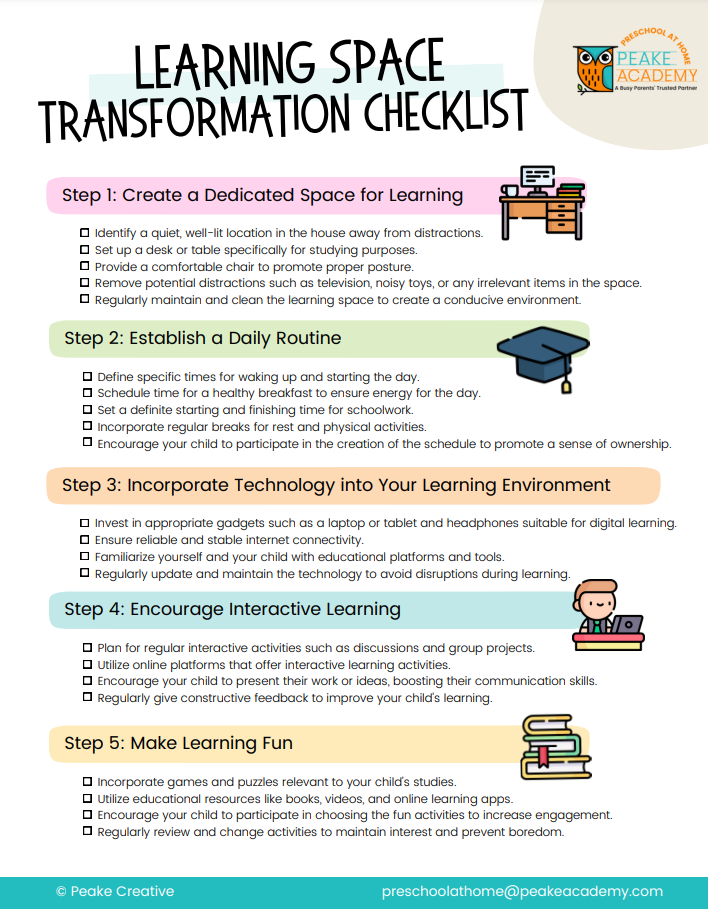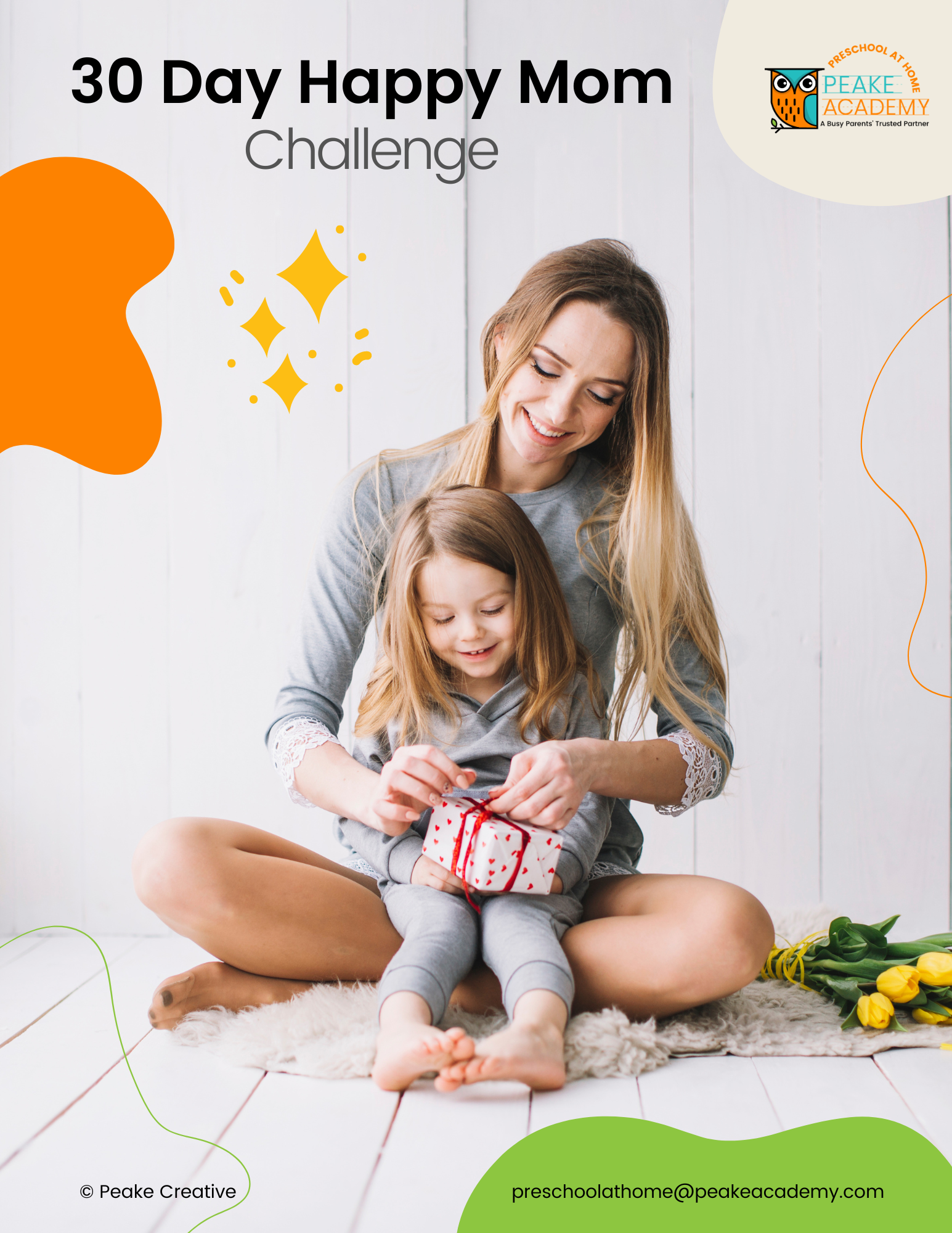From Frantic to Flow: Organizing Your Preschooler's Online Learning Space
In the whirlwind of today's digital era, where education is increasingly blending with technology, parents find themselves navigating the uncharted waters of online learning, especially for their preschoolers. Gone are the days when learning was confined to the physical classroom. The shift towards digital platforms has opened a new realm of possibilities and challenges alike. This blog post aims to guide you from a state of frenzy to flow by organizing your preschooler's online learning space effectively.
Before diving into the "how," it's crucial to grasp the "why." An organized learning space is more than just a tidy room; it's about creating an environment that promotes focus, encourages engagement, and fosters a love for learning. For preschoolers, who are at a stage where their curiosity knows no bounds, a well-structured space can make the difference between a fruitful learning session and a chaotic one.
Step-by-Step Guide to Organizing Your Preschooler's Online Learning Space
Now that we've established the foundation let's walk through the steps to transform your preschooler's learning environment.
Step 1: Designate a Dedicated Learning Area
The first step towards organization is to set aside a specific area in your home for learning. It doesn't have to be large—a corner of a room or a small desk is sufficient. The key is consistency; this space should be exclusively for learning activities to help your child associate the area with focus and learning.
Step 2: Minimize Distractions
In the digital age, distractions are but a click away. Ensure the learning area is in a relatively quiet part of your home, away from the television and household foot traffic. Consider using headphones that limit outside noise to help your child stay focused on their activities.
Step 3: Organize Learning Materials
Keep all learning materials—such as tablets, notebooks, pencils, and educational toys—within easy reach but organized. Use bins, shelves, or drawers labeled with pictures or words (depending on your child's reading ability) to categorize and store these items. This organization system will help your child find what they need independently, promoting self-sufficiency.
Step 4: Create a Visual Schedule
Preschoolers benefit greatly from visual cues. Create a daily or weekly schedule using pictures or simple words to outline the day's activities. This visual aid helps set expectations and transitions between activities smoother. Plus, it gives your child a sense of time management and routine.
Step 5: Ensure Comfort and Safety
Your child's comfort is paramount. Ensure the chair and table are the right size for your child, promoting good posture. The computer screen should be at eye level to prevent strain. Additionally, keep all cables neatly tucked away and out of reach to prevent accidents.
Step 6: Personalize the Space
Make the learning area inviting by personalizing it. Let your child choose some decorations or art supplies to make it their own. This personal touch can make the learning space a place they look forward to spending time in.
Step 7: Incorporate Break Areas
Learning isn't just about sitting in front of a screen. Children need physical activity and breaks to recharge. Create a small nook or area where your child can relax, read, or play quietly between learning sessions. This balance is key to maintaining their focus and enthusiasm for learning.
Step 8: Establish a Routine
Consistency is key in establishing a flow. Set a routine that includes regular start and end times for learning activities. Incorporate snack times, playtimes, and rest into the routine to keep your child engaged and not overwhelmed.
Navigating Challenges
Organizing your preschooler's online learning space is not without its challenges. You might encounter resistance to new routines or difficulties in maintaining the organization. Patience and flexibility are your allies here. Involve your child in the organizing process, allowing them to make choices within boundaries. This involvement not only makes the transition smoother but also teaches valuable lessons in responsibility and decision-making.
Embracing the Journey
Remember, the goal of organizing your preschooler's online learning space is to create an environment that supports their growth and love for learning. It's not about perfection but progress. As you and your child adapt to this new learning paradigm, take time to celebrate the small victories—a day when everything goes according to plan, a new word learned, or simply the joy of spending time learning together.
In conclusion, transitioning from frantic to flow in organizing your preschooler's online learning space.
Free Resource
Thank you for reading this content. And if you loved this post, please be sure to join our Parent Advisor Facebook group where we share more insights and community.
Unlock the secrets to a serene and structured virtual classroom and grab our free Learning Space Transformation Checklist to create an organized haven for your little learner.
Everyone deserves self-care
The same goes for busy moms like you. So let's do it together and create a healthy habit!
Join the 30-Day Happy Mom Challenge Today!
Visit our Parent Advisor and The Buzz Blogs to learn more about related topics and parenting tips. You are welcome to join our private Parent Advisor Facebook group. It’s a growing community of parents and preschool teachers where you can learn and share more parenting tips.


